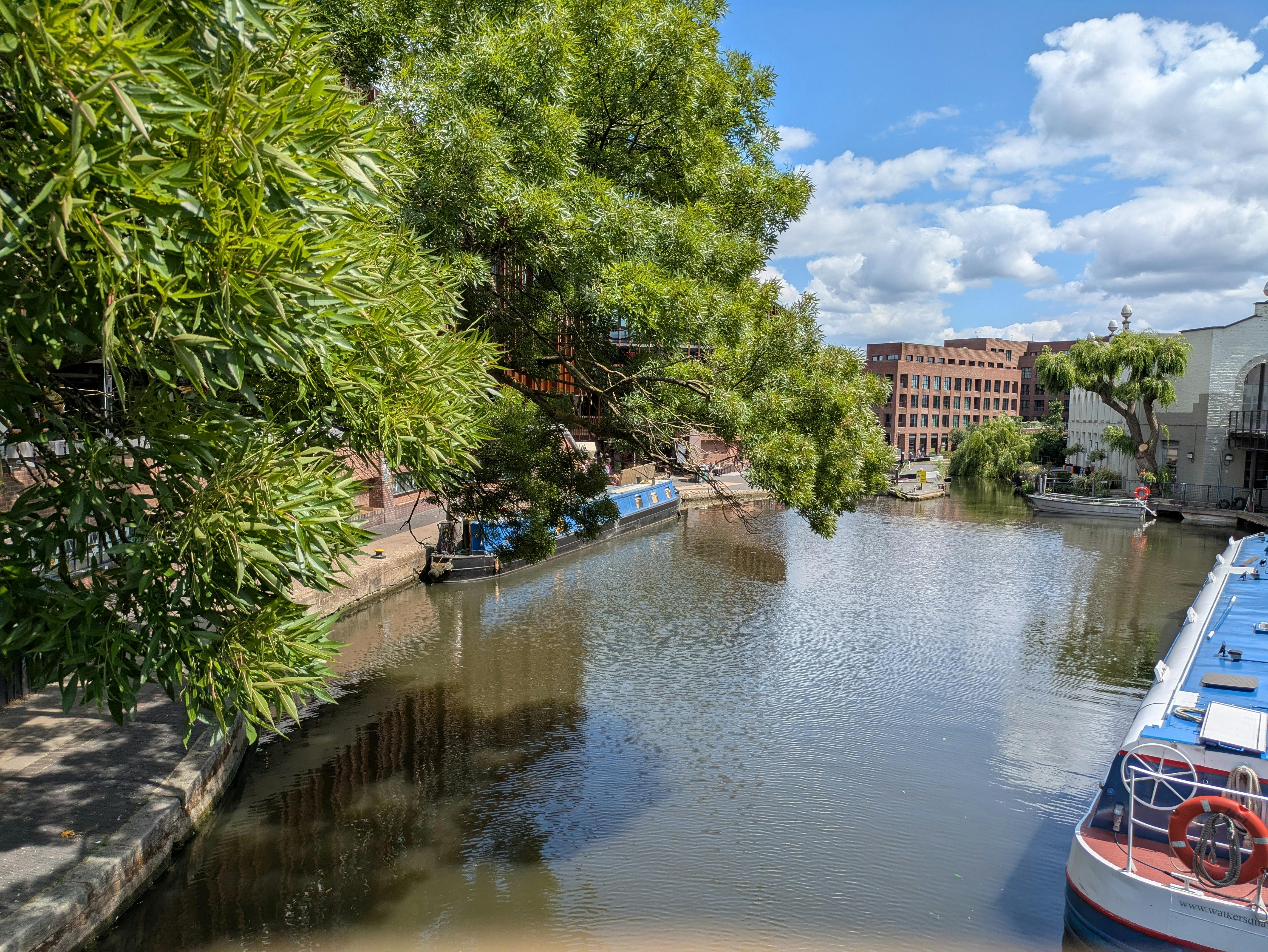Rediscovering the Charm of River Cruising: A Comprehensive Guide
The enchanting allure of river cruising has been gaining momentum among seasoned travelers in recent years. It offers a unique perspective on the world, merging the romance of traditional sailing with the convenience of modern amenities. In this article, we delve into the fascinating world of river cruising—its history, current trends, and the unique experiences it offers.

A Voyage Through Time: The History of River Cruising
River cruising has a rich and diverse history, dating back to the early 19th century. It was initially a mode of transportation for goods and passengers, especially in Europe, where rivers like the Danube, the Rhine, and the Seine were crucial trade routes. Over time, the practicality of river cruising evolved into a form of leisure travel, with the first luxury river cruise ships emerging in the 1980s. Today, river cruising has transformed into an immersive travel experience that combines comfort, convenience, and cultural exploration.
Riding the Current: Modern Trends in River Cruising
The contemporary river cruising landscape is as dynamic as the rivers themselves. New ships are increasingly environmentally friendly, featuring energy-efficient engines and waste management systems. Moreover, cruise lines are tailoring their offerings to attract diverse demographics, with themed cruises focusing on areas like history, wine, and wellness. Most importantly, river cruising today emphasizes authentic cultural immersion, with curated shore excursions and onboard enrichment programs.
Sailing Smooth: Advantages of River Cruising
River cruising offers several advantages over other forms of travel. The smaller size of river cruise ships allows for a more intimate and personalized experience, with fewer guests and attentive staff. The all-inclusive pricing model eliminates the stress of budgeting for meals, excursions, and other extras. Perhaps the biggest advantage is the ability to explore multiple destinations without the hassles of packing and unpacking, with the ship serving as a floating hotel.
Navigating the Waterways: Challenges and Impact
Despite its many benefits, river cruising also comes with its challenges. Water levels can impact a cruise’s itinerary, with low or high water levels potentially causing disruptions. Moreover, river cruising can be more expensive than other modes of travel due to its all-inclusive nature. Nevertheless, the impact of river cruising on travelers is overwhelmingly positive, offering a unique blend of relaxation, exploration, and cultural immersion.
Quick Insights: Enhancing Your River Cruise Experience
- Opt for a river cruise during shoulder season for fewer crowds and lower costs.
- Pack lightweight, versatile clothing that can be layered, as weather can change quickly.
- Familiarize yourself with the culture and customs of your destinations to enrich your experience.
- Consider a themed river cruise to align with your interests.
In conclusion, river cruising is a captivating way to see the world. It offers a unique blend of convenience, comfort, and cultural immersion, making it an appealing option for both seasoned travelers and those new to the world of cruising. With its rich history, evolving trends, and tangible benefits, river cruising promises a journey as rewarding as the destinations themselves. So, the next time you’re planning a trip, consider embarking on a river cruise for an unforgettable travel experience.




